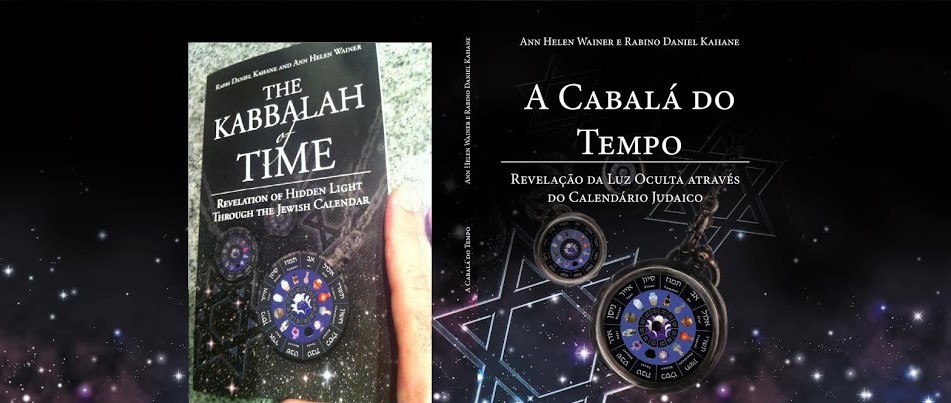HAAZINU: For I raise up My hand
to heaven, and say, 'As I live forever.' (Deuteronomy 32:40)
HAFTORAH: For You have girded me with strength for the battle;
You have subdued under me those that rose up against me. (II Samuel 22:40)
PIRKEI AVOT QUALITY: Bears The Burden With One's Friend (Noseh B’Ol Im Chaveroh)
PROPHET: Neriah
LEVITICAL CITY: Jahaz (or Yahatz, or Yahatzah)
Week Forty is the second week of Tammuz, and Haazinu’s verse refers to G-d making an oath, raising His hands to heaven. (Interestingly, in Book 1, the wolf’s song during this week also makes reference to an oath). An oath adds additional weight and power, as well as determination and foundation (“yesod”).
The Haftorah verse for this week speaks again of G-d girding King David with strength for battle. King David’s previous verses (since the week of Lag Ba’omer) had all been about being fortified and being victorious in battle. Perhaps the repetition is to indicate that in conquest it is often not sufficient to be victorious once. One has to show a certain amount of yesod, being able to encounter the same situation over and over again, and remain victorious without budging.
The quality for this week is "bears the burden with one's friend" (noseh b’ol im chaveroh). The quality is not "bears the friend’s burden," but rather that both should share the burden together. This burden, or yoke, could even be referring to the yoke of Torah, which nevertheless needs acquiring day in and day out – an ongoing battle that takes place during one’s entire life.
In Tammuz
we face a heavy burden; through love of our fellow we help each other and fix
the root cause of what brought this state in the first place – baseless hatred.
The quality for this week and all coming weeks up until Rosh Chodesh Av are related to how to act toward one’s friend.
This week’s prophet is Neriah. Not much is known about Neriah, other than that he was the father of Baruch, the prophet of the previous week. Neriyah was related to and a contemporary of other prophets mentioned this month (Baruch, Machseyah, Serayah, as well as Huldah), who had the burden of giving the news of the upcoming destruction. The name Neryah means the "candle of G-d," and ultimately that is what we all are at our essence, One soul.
This week’s levitical city is Jahaz. This is where Israel
destroyed Sihon, the king of the Amorites (this is depicted in the Torah portion
of Chukat, which is always read this time of
the year). Yachatz is also mentioned in Tanach
in connection with the people of Moab. Although Yahaz was originally conquered
by the Jewish people under the leadership of Moshe, it was apparently
reconquered by Moab at some point later in history. This parallels the idea,
which in so many ways is connected to the month of Tammuz, that it is not enough to conquer something one time. There
must be ongoing vigilance, a foundation, to keep it under our control. Reuven
himself (who is connected to the month of Tammuz) had this struggle: he was given the right of the firstborn, yet he
could not maintain it. After his sin, his repentance was constant - he was always in a state of Teshuvah.
Yachatz means “will apportion,” “divide,”
“break,” like the Yachatz step in the
Passover Seder. The breaking of the Matzah
in the Seder is done in order to
symbolize its “brokenness” and its status as the “poor man’s bread.” The month
of Tammuz is connected to the idea of
poverty, as previously explained.[1]
[1] The month of Tammuz is related to the Hebrew letter Dalet and Av
is related to the Lamed, spelling the word "Dal," poor. These two are
known to be difficult months. How do you raise them up? You connect them to the
month that follows, Elul, related to the Tav. Together, the three months
together spell "Delet," door, a reference to the gates of repentance
(Teshuvah). (Bnei Yissachar, based on Sefer Yetzirah)
